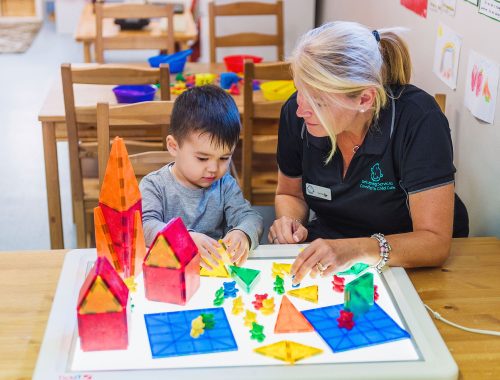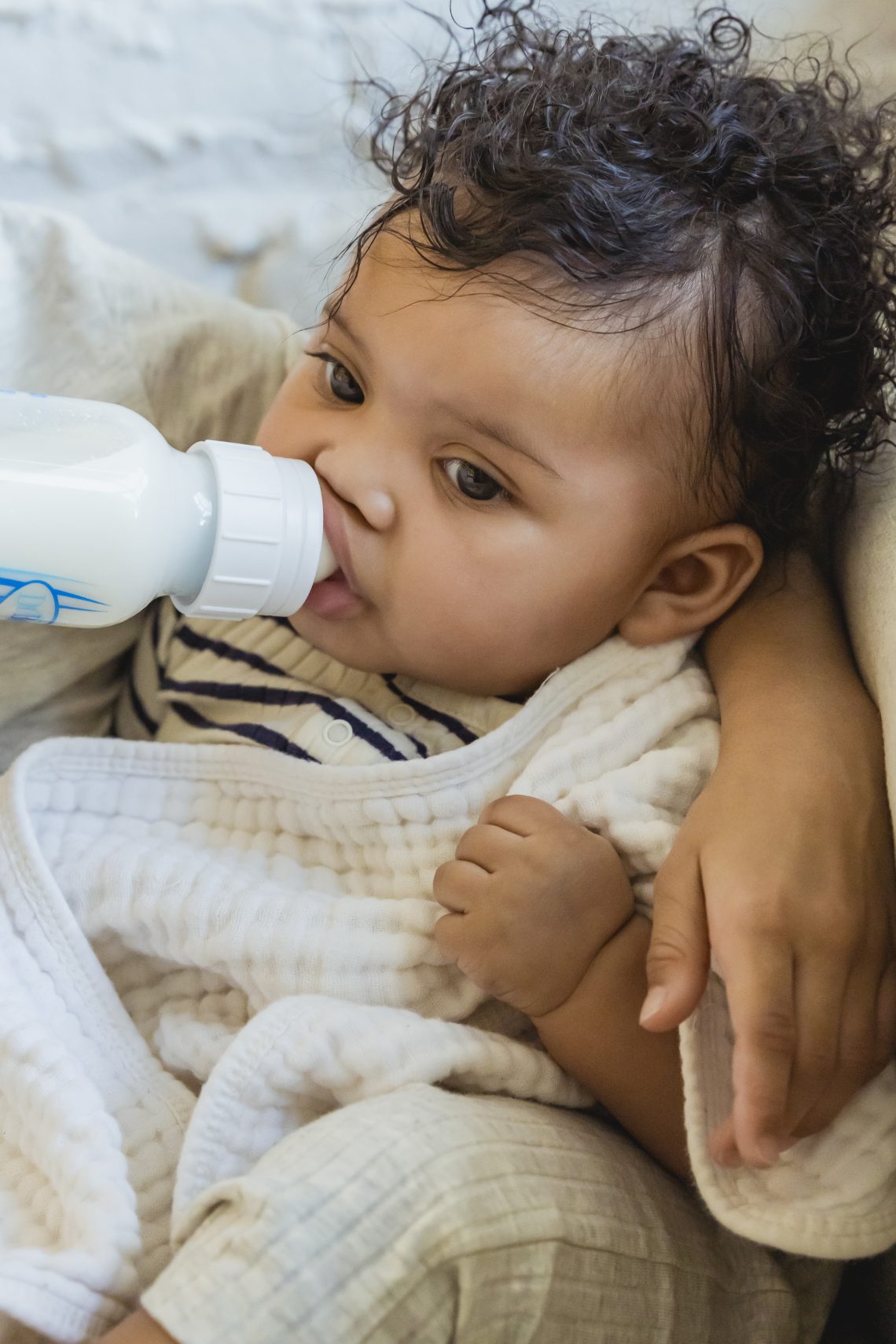
How to Use a Baby Bottle Sterilizer: A Complete Guide
How to Use a Baby Bottle Sterilizer: A Complete Guide
Hello, parents! When it comes to keeping your baby healthy, safety is a top priority. One essential tool for maintaining your baby’s well-being is a baby bottle sterilizer. In this comprehensive guide, we’ll walk you through the ins and outs of using a baby bottle sterilizer effectively.
Why Sterilize Baby Bottles?
Before we delve into the practicalities of using a baby bottle sterilizer, let’s understand why it’s so crucial.
Sterilizing baby bottles is recommended up to the age of 4 months. The primary goal of sterilization is to eliminate harmful bacteria and micro-organisms that could lead to infections in infants, such as gastroenteritis. Your baby’s immune system is still developing during these early months, and it’s crucial to provide the utmost protection.
Once your child starts exploring the world and putting objects in their mouth, the need for sterilization diminishes. Their immune system becomes better equipped to handle common bacteria and micro-organisms.
How Does a Baby Bottle Sterilizer Work?
Now that we’ve established the importance of sterilizing baby bottles, let’s explore how a baby bottle sterilizer accomplishes this task.
The fundamental principle of a bottle sterilizer is to raise the bottle’s temperature to a point where bacteria can no longer thrive. Traditionally, you could achieve this by sterilizing baby bottles in a pan of boiling water. The bottles should be left in boiling water for about 20 minutes, and the nipples for 5 minutes. However, this method requires extra caution to avoid burns.
Modern bottle sterilizers replicate this process, making it more convenient and efficient.
Preparing for Sterilization
For sterilization to be effective, thorough preparation is essential. Here are the necessary steps:
**1. Clean the Bottles: Before sterilization, make sure to wash the bottle, nipple, and cap thoroughly. Use a small brush and dishwashing liquid to remove all traces of milk. Even the tiniest milk residue can become a breeding ground for harmful bacteria.
**2. Beware of Plastic Micro-particles: It’s crucial to note that while sterilizers effectively eliminate bacteria, they may release tens of millions of plastic micro-particles when used with polypropylene bottles. These particles may pose potential risks to your child. To mitigate this risk, we recommend rinsing the bottles three times with cold sterilized water after the sterilization process.
Types of Baby Bottle Sterilizers
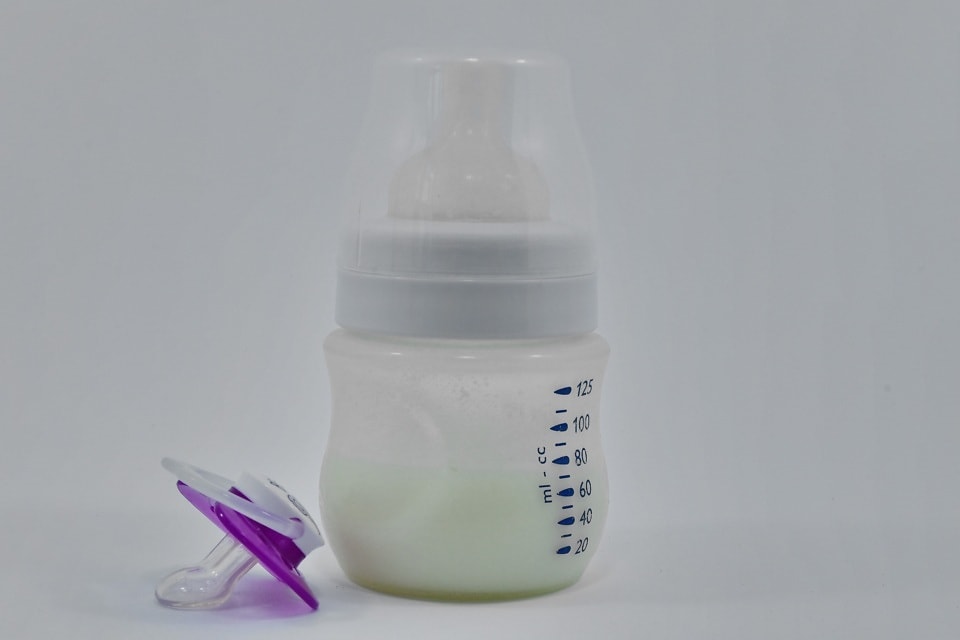
There are different types of baby bottle sterilizers to choose from. Each has its advantages and considerations:
Microwave Sterilizer
A microwave sterilizer consists of a container with a lid, and it requires a small quantity of water. This sterilizer operates on the principle of an oven and is designed to be placed in a microwave oven. It can sterilize multiple bottles in a very short time, usually around 10 minutes.
Price Range: $30 to $50
Note: Researchers advise against putting polypropylene bottles in the microwave due to potential risks associated with plastic pollutants.
Cold Sterilizer
A cold sterilizer employs a chemical process using tablets, usually based on sodium hypochlorite, dissolved in cold water. This method does not require an electrical connection to operate. After approximately 30 minutes, your bottles are sterilized, but they may retain a chlorine odor that is non-toxic to the child.
Price Range: $20 to $30 for the container and around $5 for 32 tablets
Electric Sterilizer
An electric sterilizer features a tank filled with water heated by an electric resistance. It can rapidly sterilize several bottles in just 10 to 15 minutes. However, electric sterilizers tend to be bulkier and more expensive than other options.
Price Range: $50 to $100
Final Thoughts
Using a baby bottle sterilizer is a practical and essential step in ensuring your baby’s health and safety during their first few months of life. With the right type of sterilizer and proper cleaning and sterilization practices, you can protect your child from harmful bacteria and micro-organisms.
So, parents, remember to sterilize your baby’s bottles up to the age of 4 months, and choose the right sterilizer that fits your needs and budget. Your child’s well-being is worth every effort you put into providing a clean and safe feeding environment. Happy parenting!
You May Also Like
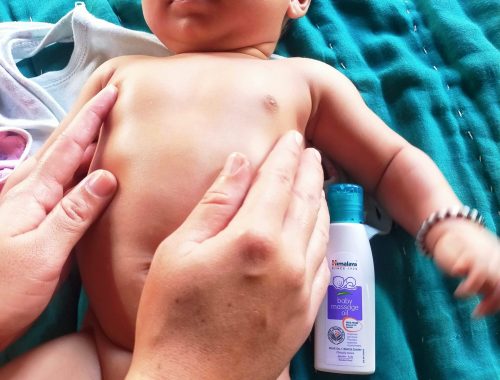
Benefits and Techniques of Massaging Your Baby
2022-01-21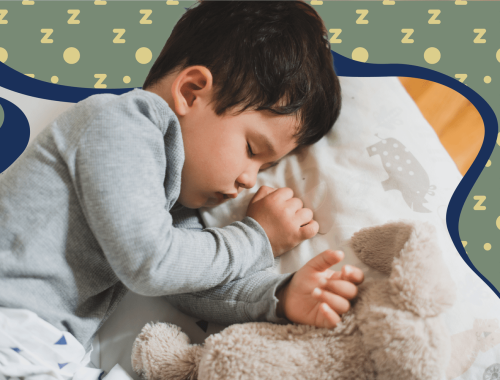
Bedtime Adventures: Making Bedtime Fun for Toddlers
2023-10-11